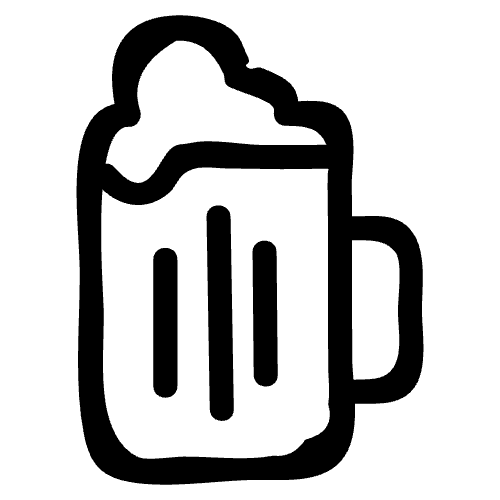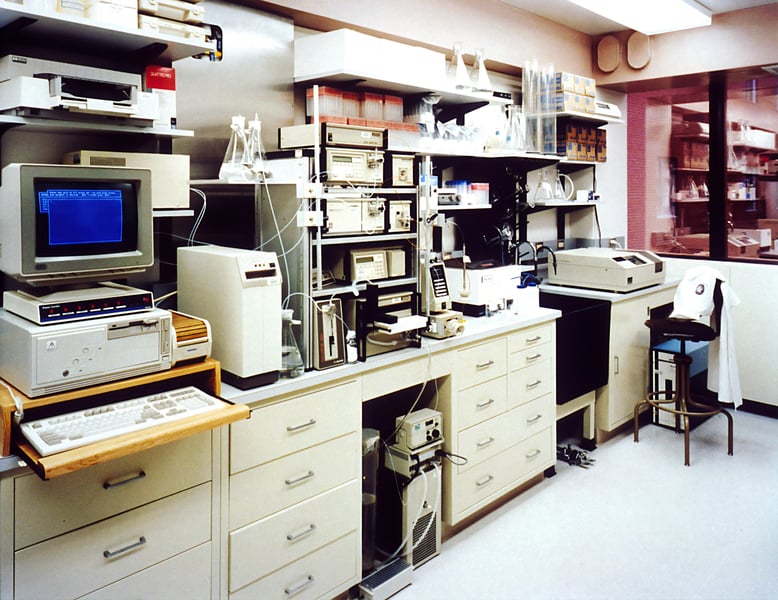
EtG Detection Time Chart
Ever had a few drinks and then started worrying about an upcoming test? You’re not alone. It’s a common source of anxiety, and the internet is full of confusing and often conflicting information. This page is here to bring clarity with a simple, visual tool: an EtG Detection Time Chart.
Let’s break down everything you need to know in simple terms.
First, What is EtG Anyway?
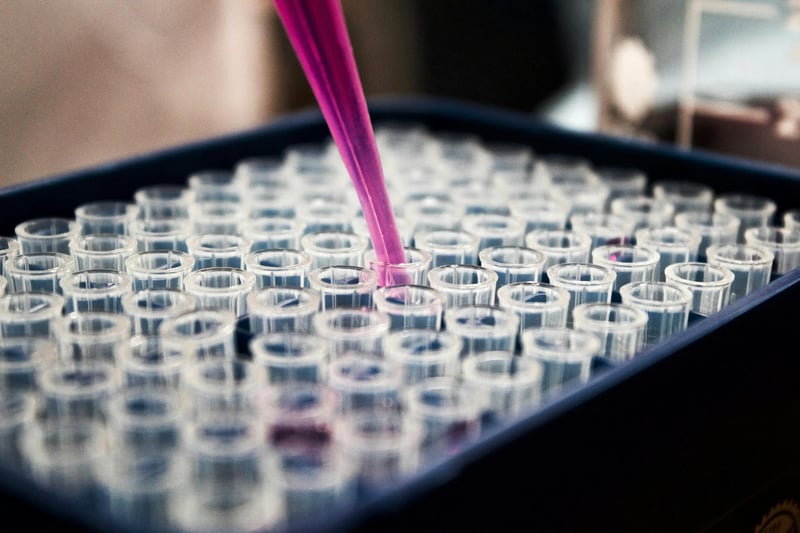
Think of EtG (Ethyl Glucuronide) as a footprint that alcohol leaves behind in your body. When you drink alcohol, your body works to break it down. In that process, a small amount is converted into EtG.
Why is this important? Because while the feeling of being drunk fades in hours, this EtG footprint lingers in your urine for much, much longer. Modern drug tests are designed to look for this specific footprint because it’s a very reliable indicator of recent alcohol consumption, even if you drank a day or two ago.
This is why EtG tests are so common for legal, employment, or monitoring purposes. They are incredibly sensitive.
Introducing the Interactive EtG Chart
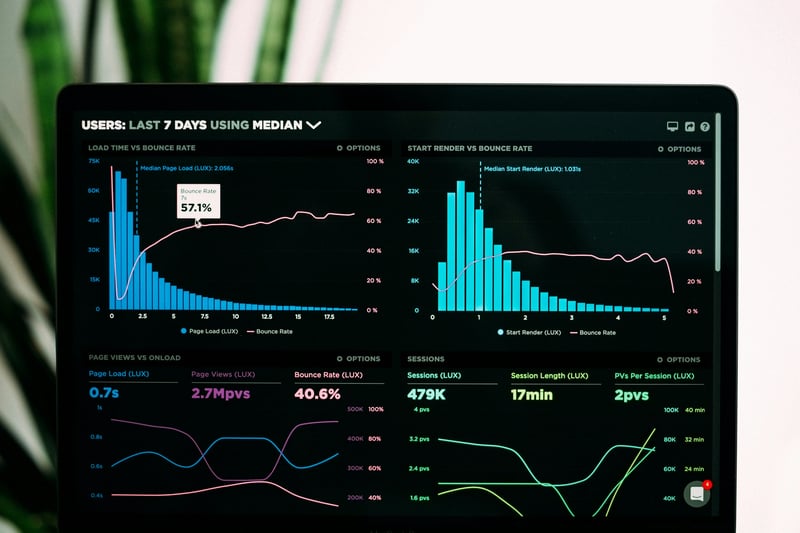
Reading a bunch of numbers can be overwhelming. That’s why we’ve created this interactive chart. It provides a visual story of how the EtG footprint in your body might fade over time. You can switch between different scenarios to get a general idea of the detection window.
How to Read This Chart: A Simple Guide
Let’s walk through how to make sense of the chart above. It’s like reading a map of your body’s cleanup process.
Step 1: Choose Your Scenario (The Buttons Above the Chart)
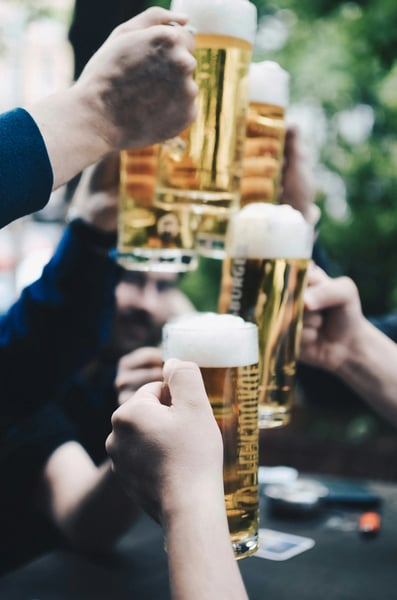
We’ve created three common scenarios based on the number of “standard drinks” consumed:
- 2 Drinks: A casual amount, maybe a couple of beers after work.
- 5 Drinks: A typical night out.
- 10 Drinks: A session of heavy drinking.
What’s a “Standard Drink”? This is key! Not all drinks are equal. A standard drink contains about 14 grams of pure alcohol. This is roughly equivalent to:
- 12 oz (355 ml) of regular beer (5% ABV)
- 5 oz (150 ml) of wine (12% ABV)
- 1.5 oz (45 ml) of distilled spirits like vodka, whiskey, or rum (40% ABV)
Want to understand this better? Check out our comprehensive Standard Drink Guide for detailed conversions and examples.
Click on the buttons to see how the graph changes. You’ll immediately notice that more drinks lead to a much higher starting point and a longer timeline.
Step 2: Understand the Axes (The Chart’s Framework)
-
The Vertical Line (Y-Axis): Your EtG Level This shows the estimated concentration of EtG in your urine, measured in
ng/mL(nanograms per milliliter). You don’t need to worry about the math, just know that a higher number means a stronger alcohol footprint. -
The Horizontal Line (X-Axis): The Timeline This is the clock. It shows the number of hours that have passed since you had your last drink.
Step 3: The Dashed Lines - Your Goal Posts!
These are the most critical part of the chart. They represent the cutoff levels used in real-world EtG tests. To pass a test, your EtG level (the colored line) must drop below the cutoff line.
-
The 500 ng/mL Line (Standard Test) This is the most common industry standard for workplace, probation, and other routine tests. It’s the main hurdle you need to clear. Watch how long it takes for the colored line to dip below this red dashed line.
-
The 100 ng/mL Line (High-Sensitivity Test) This is a much stricter test. It’s used when even a tiny amount of alcohol consumption needs to be detected. As you can see from the chart, the detection window for this test is significantly longer. It takes much more time for your EtG level to fall below this lower orange line.
Key Takeaway: More Drinks = Much Longer Detection Time
The chart makes one thing crystal clear: the amount you drink has a massive impact on how long EtG is detectable. Doubling your drinks doesn’t just double the detection time; it can increase it exponentially because your body has so much more to process.
Important: This Chart is a Guide, Not a Guarantee
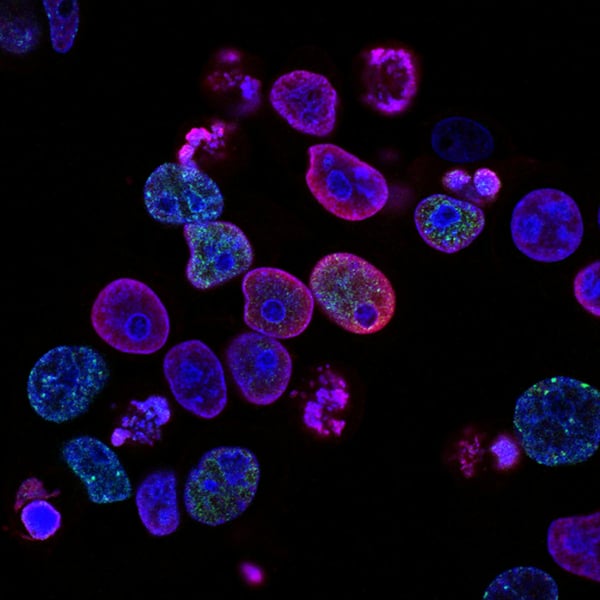
This chart is based on averages and a scientific formula for EtG elimination (C(t) = C₀ * (0.5)^(t / T)). However, you are not an average! Many personal factors can change your actual detection window:
Curious about the science? Read our EtG Calculation Formula Guide to understand the mathematics behind these visualizations.
- Metabolism: Everyone’s body processes substances at a different rate.
- Body Weight & Gender: These factors influence how alcohol is distributed and metabolized in the body.
- Hydration: Drinking a lot of water can dilute your urine, but it doesn’t magically make the EtG disappear faster. Excessive dilution can also trigger a re-test.
- Frequency of Drinking: Chronic or heavy drinkers may eliminate EtG more slowly.
- Overall Health: Liver function plays a huge role in this process.
Want a More Accurate, Personalized Estimate?

This chart is a fantastic educational tool for understanding the general process. But for a result tailored to your specific situation, you need to account for your personal details.
That’s exactly what our main tool is for. It allows you to input your weight, gender, and specific alcohol consumption to provide a more realistic and actionable estimate.
→ Go to the Realistic EtG Calculator for a Personal Estimate
Want more detailed information about detection windows? Check out our comprehensive EtG Detection Times Guide for everything you need to know about testing windows and factors that affect results.
Disclaimer: The information and charts on this page are for educational and informational purposes only. The results are estimations based on scientific models and should not be considered legal or medical advice. Your actual EtG levels may vary. Do not use this information to try and “beat” a test. If you have concerns about alcohol use, please consult a healthcare professional.
